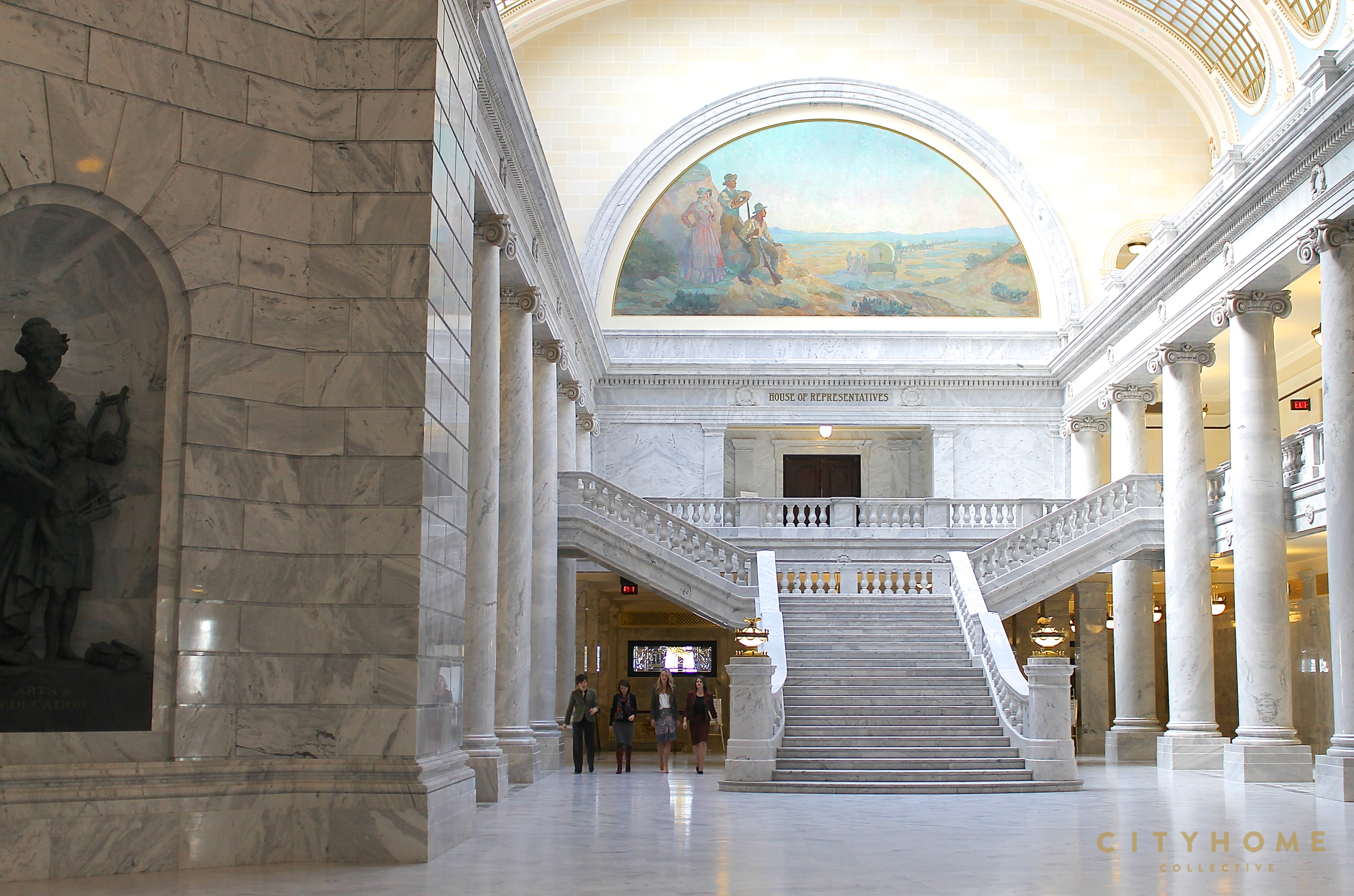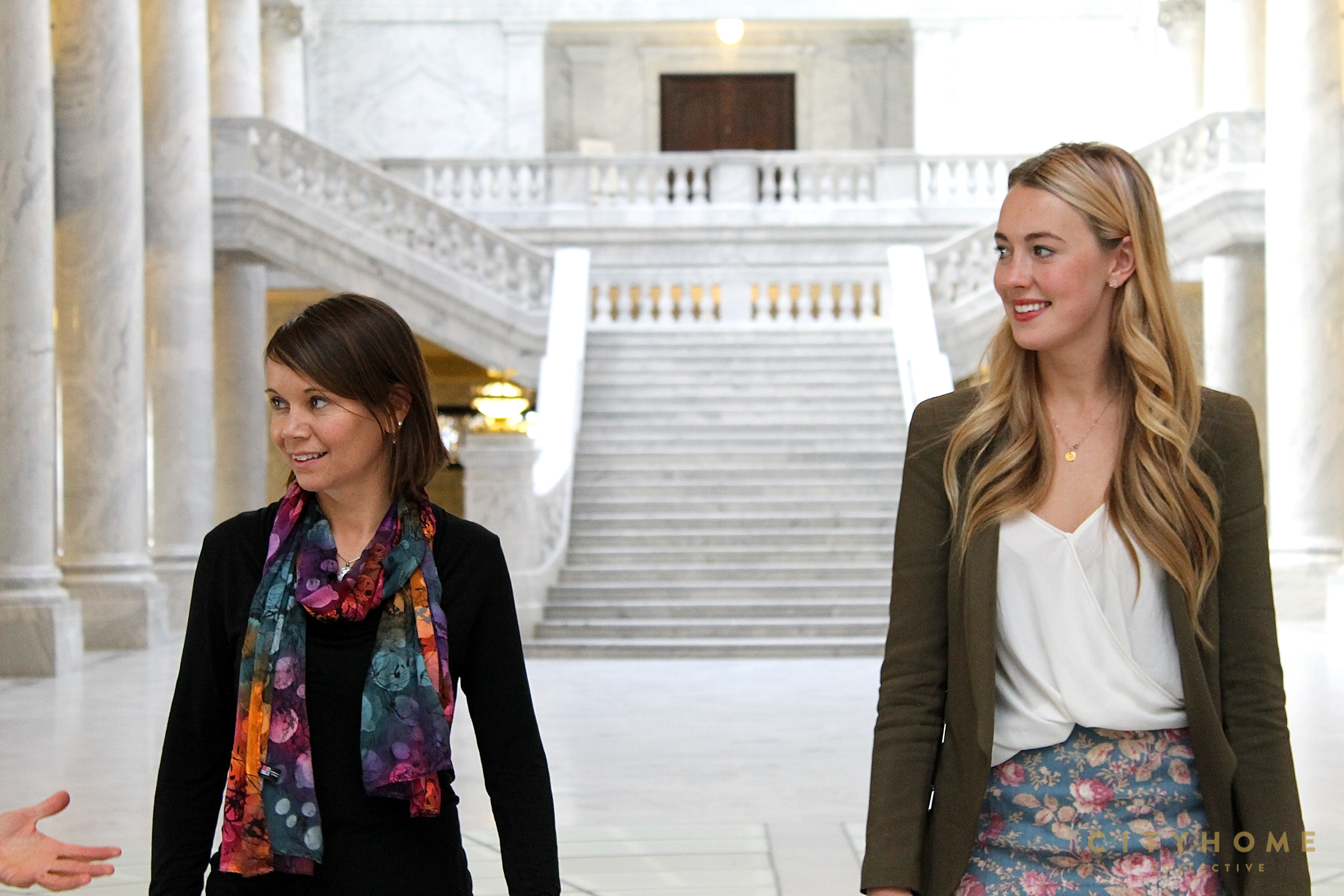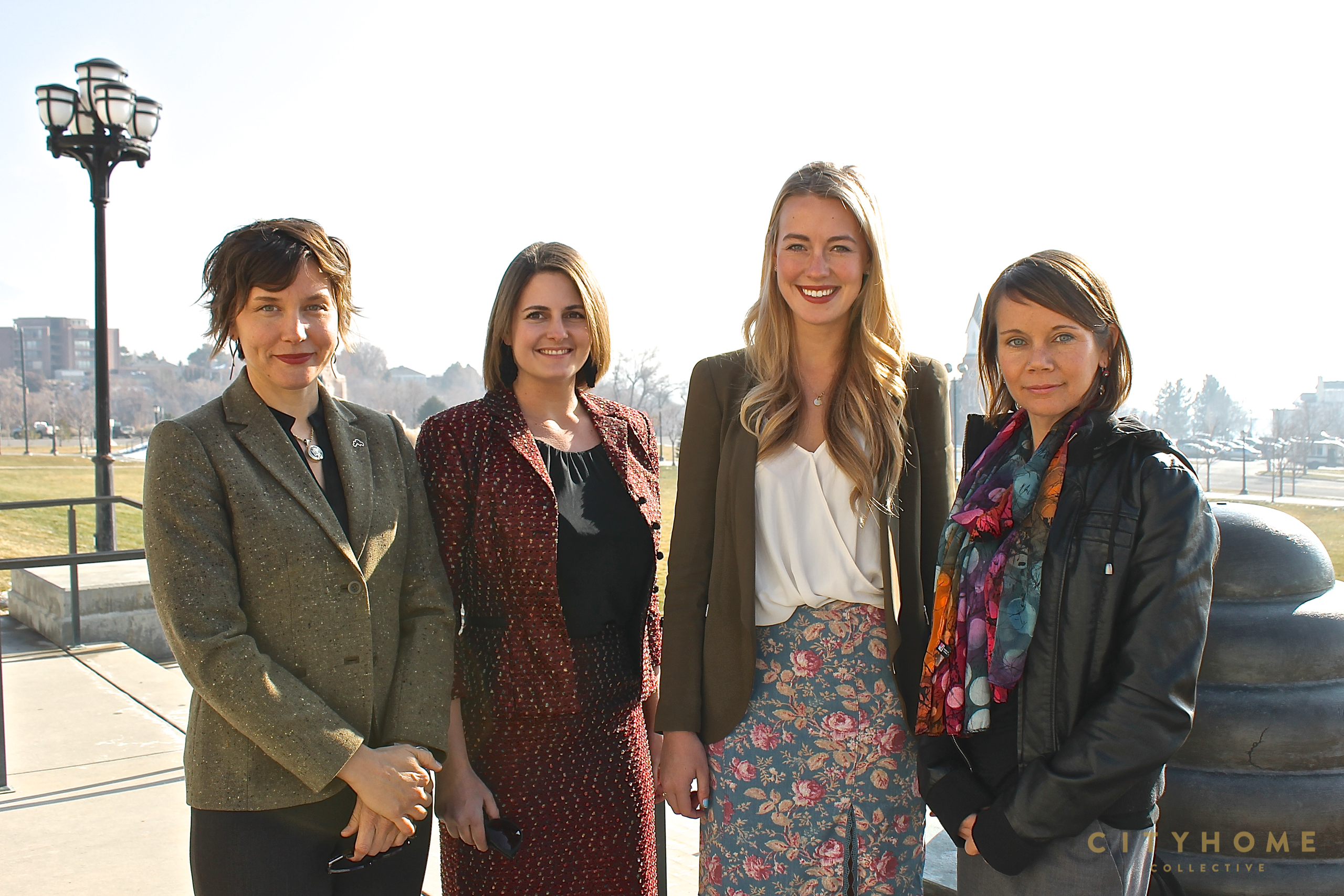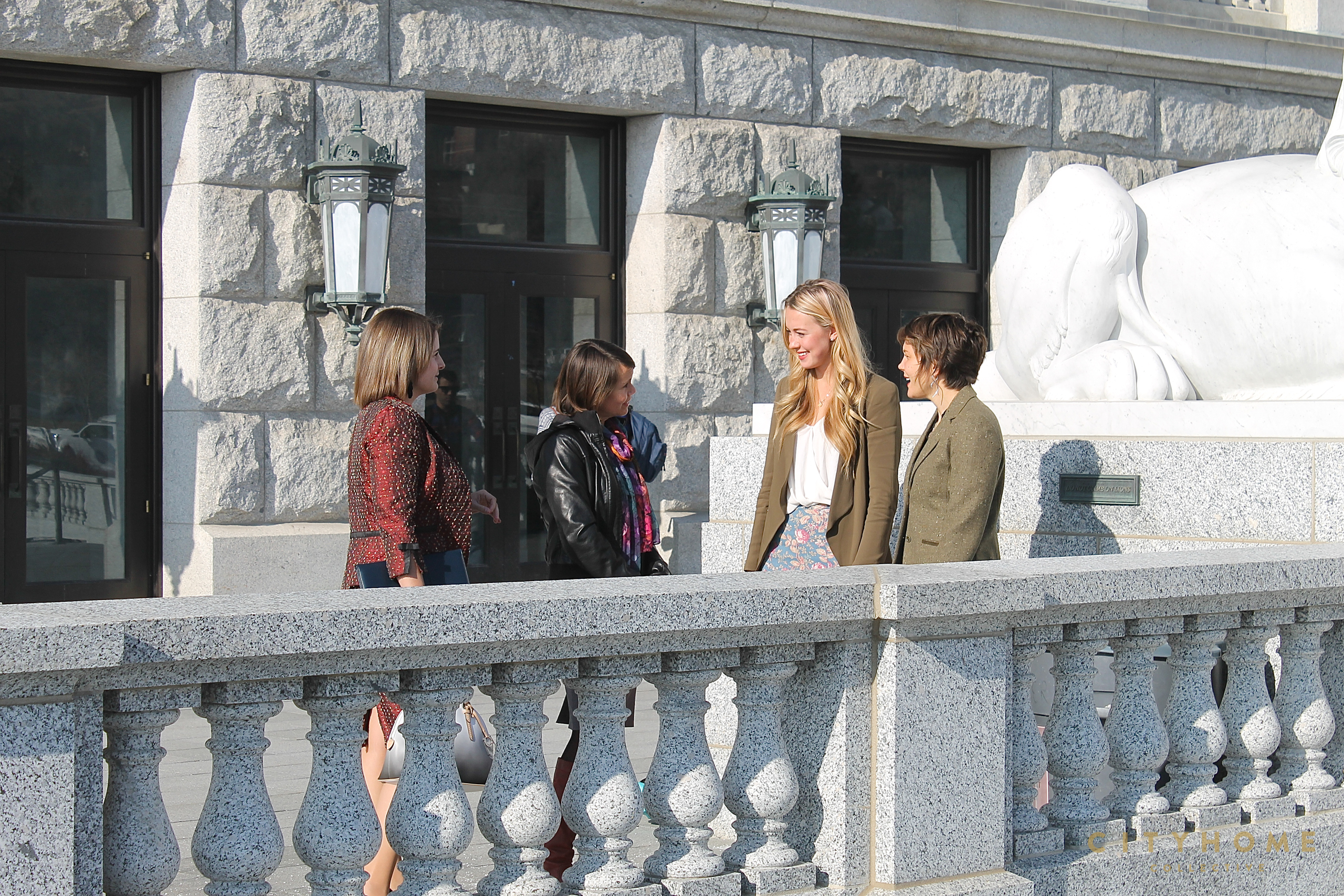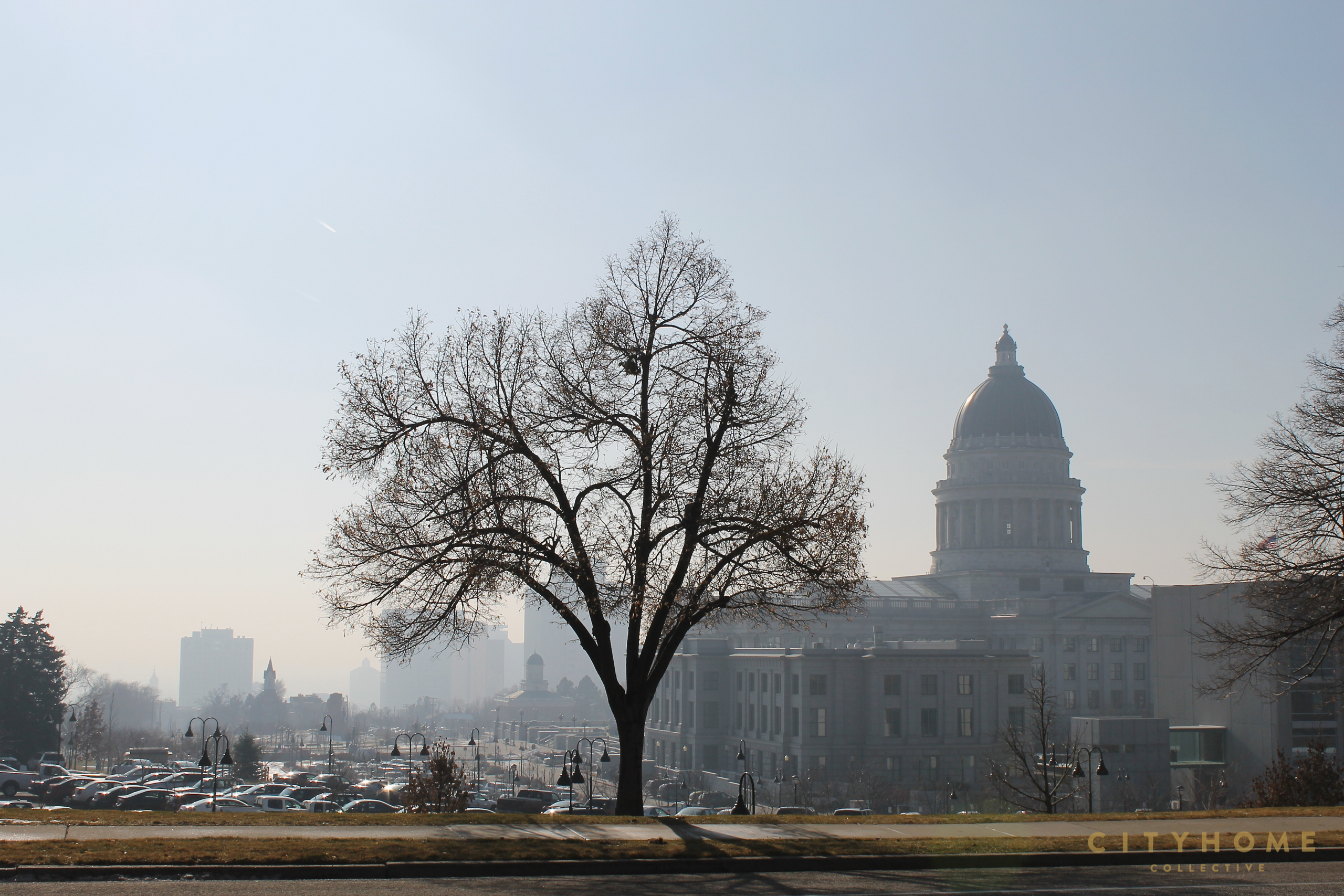The inversion problem in our fair valley has taken on a life of its own. Like a dystopian novel come to life, we’re living under a seemingly impenetrable putrid miasma, dancing for snow to alleviate the noxious air, as much for the powder days we ride out in the mountains. We get to be more than a little angsty, and a lot fatalistic, on the worst days; wondering, “why the hell isn’t somebody doing something about this?”
But juxtaposed to every cackling hand-wringing mustache twirling antagonist, there are ready and willing white knights fighting the good fight. Since we always prefer a happy ending over going to bed with nightmares, we’re COLLECTIVELY glad that the smart and dedicated folks of Breathe Utah have been gallantly and persistently chipping away at the monolithic dread induced by our crappy air and the myriad contributors to it. That they have done so for the past five years since their founding with logic, science, and collaboration integrated into their mission gives them gold stars and bonus points in our book. While it’s hard not to get emotional when kids are sick, people are suffering, and the air smells like ass on the daily, we’re grateful that Breathe Utah is on board to do the important work of bridging the gaps between the many and disparate environmental, political, and social issues in play. Kind of like working on puzzle with a gazillion little pieces by fitting the edges together first, and extrapolating from the known to the unknown parts of the picture to nail it, they use scientific research to find workable and reasonable solutions to complicated problems.
And, they’re getting results.
As Policy Director and Breathe Utah go-getter from the beginning Erin Mendenhall [also on the Air Quality Board and SLC Council Member for District 5] says, “It’s hard to talk about environmental issues without focusing on the bad only,” and credits Breathe Utah with being a positive voice for concrete steps every Utahn can take to improve air quality, one day at a time. Rachel Otto, kick-ass attorney and Executive Director concurs: “Talking about how to make air good is as important as talking about bad air,” and cites studies like those done by UCAIR [Utah Clean Air partnership] illustrating the decline of overall pollution levels from the heyday of industrialization and the mining industry in Utah. Under their leadership, Breathe Utah has become widely known as the science-based, moderate voice for positive and attainable social and political changes to impact air quality degradation. Jessie Du Pre, their Youth Education Development Coordinator, says it’s especially important to get the message that individuals, no matter how young, can control their own actions big and small for the good of all our air, “kids need to get positive messages, that it’s not all gloom and doom,” she says. Breathe Utah’s free “Air Aware” programming has been available by request in K-12 public schools since 2010, and aims to integrate air quality science into classrooms at several different points in the state curriculum. Breathe Utah’s goal? To get fundamental concepts of personal responsibility in respect to air quality integrated into the state core curriculum.
One of the biggest policy triumphs of Breathe Utah was a bill introduced by Senator Ben McAdams amending the Utah state driver’s education program to include air quality pollution education. Remember state-by-state public education programs that made widespread public safety and environmental issues [think seatbelt use and roadside littering] practically a thing of the past? Breathe Utah and their partners hope to see air quality egregious behaviors such as idling and winter-time recreational burning [um, that’d be wood fireplaces for sexy ambiance, not the other kind of recreational burning; hello, it’s Utah, not Colorado] go the way of the Dodo. Recognizing that many people who use wood burning fireplaces as their sole source of heat cannot afford to upgrade their homes, Breathe Utah partnered with the Utah DEQ to have households voluntarily change out fireplaces to gas or electric at no expense to the home owner. It may not seem like such a big deal to most people—after all who doesn’t love a highball on a bearskin rug in front of a blazing fire on a cold winter’s eve—but according to UCAIR, studies have shown that the amount of pollution released from one wood-burning fireplace equals 3,000 gas furnaces for the same amount of time. One fireplace can produce as much particulate emissions as 90 SUVs. Monitor that on your WTF-o-meter. In collaboration with The Leonardo through the “Leo Schools” program, Breathe Utah has partnered with middle schools along the Wasatch front to install particulate monitoring systems for students to be able to collect and monitor data and study air pollution in an interdisciplinary environment in collaboration with the Department of Environmental Quality.
Win-win.
We’ve been thrilled to our toes to get to know Breathe Utah’s policy team, and we agree they’re justifiably proud of having tackled so many sticky issues thus far. They welcome and encourage people from all backgrounds to be part of the movement for change, whether that means helping to get the “Air Aware” education curriculum introduced into neighborhood schools, volunteering to help with data collection or educational programming, to attending a legislative meeting alongside Breathe Utah policy advocates. Says Erin Mendenhall, “there’s no need to be intimidated by meeting state and local legislators,” who she says are usually just as worried about finding solutions to the air quality problem as we all are in the valley. Breathe Utah board members, along with Erin Mendenhall, Jessie Du Pre, Rachel Otto, and Legal & Legislative Intern Tess Davis are excited about sharing their goals for this legislative session and beyond.

